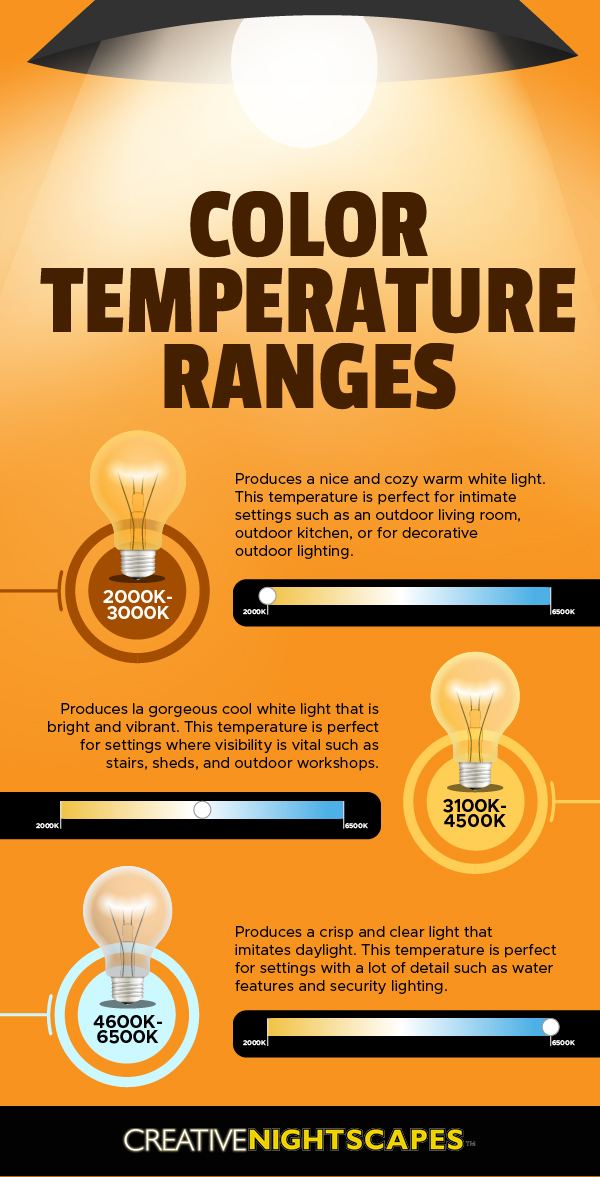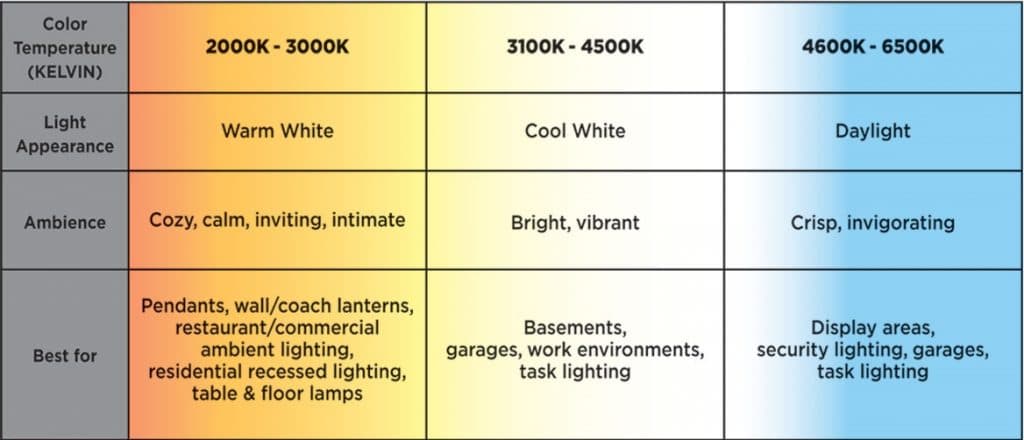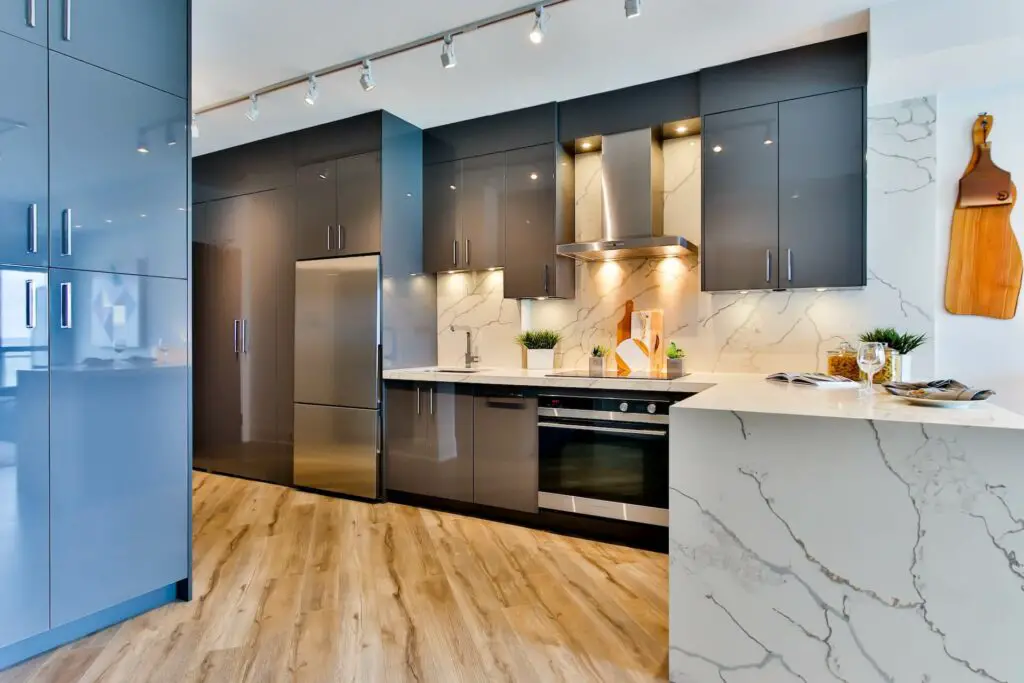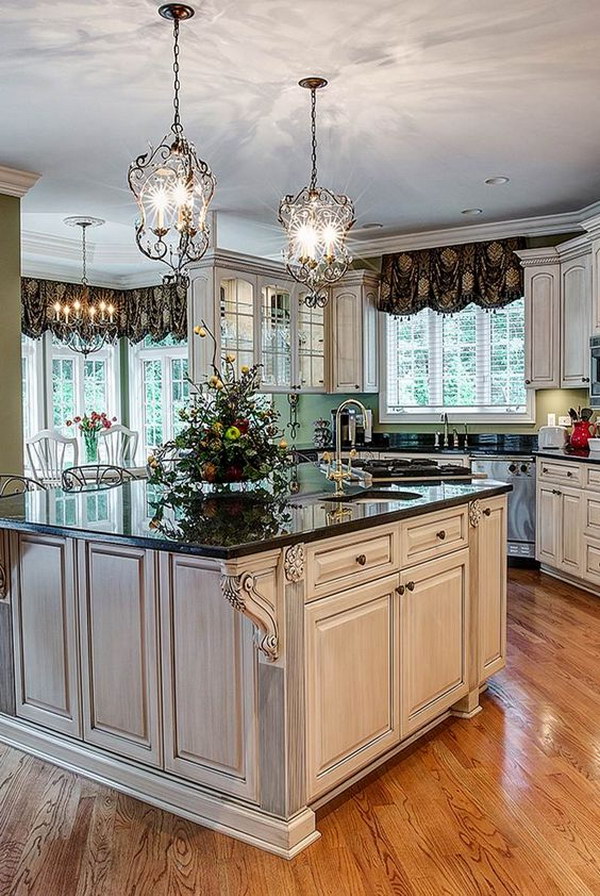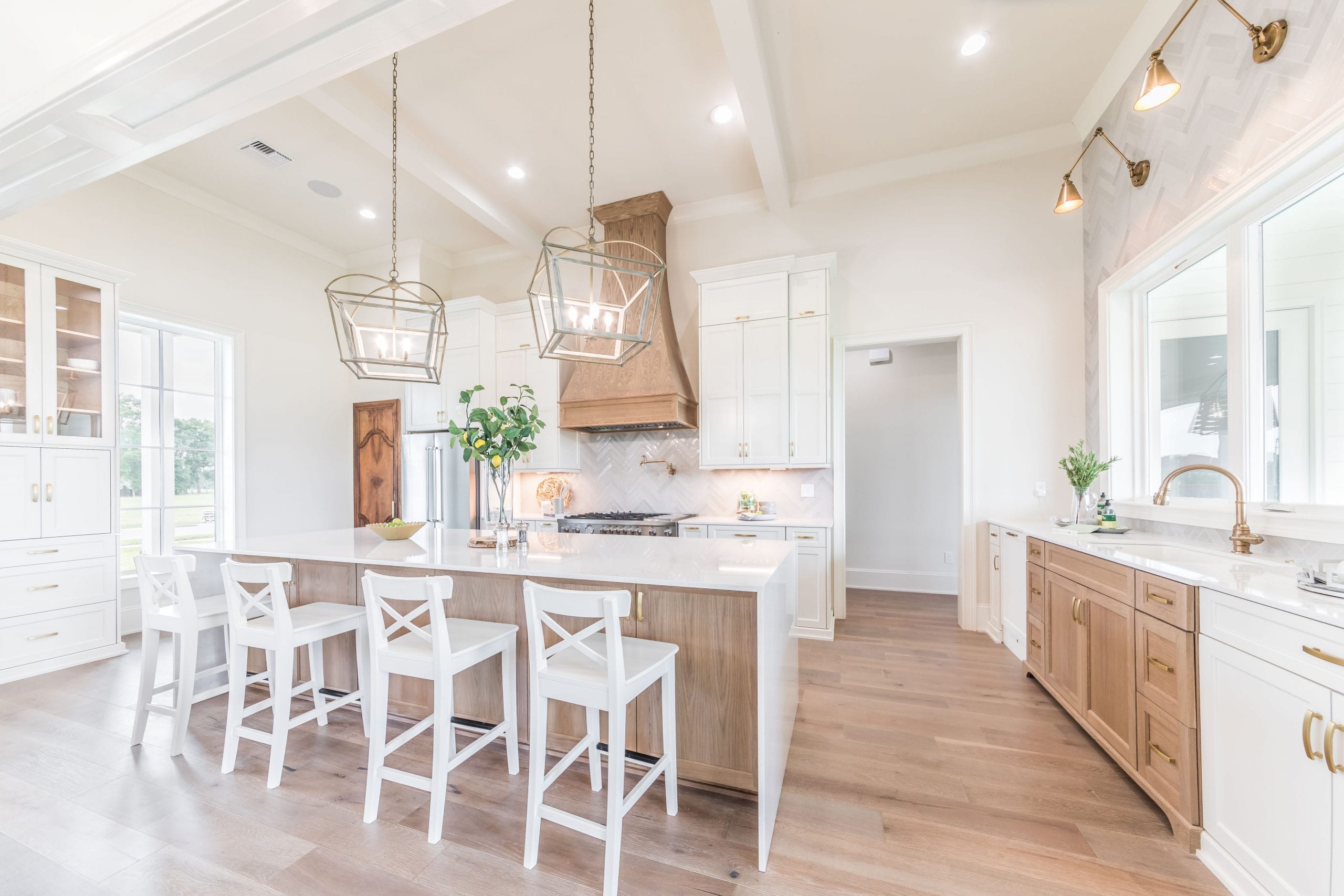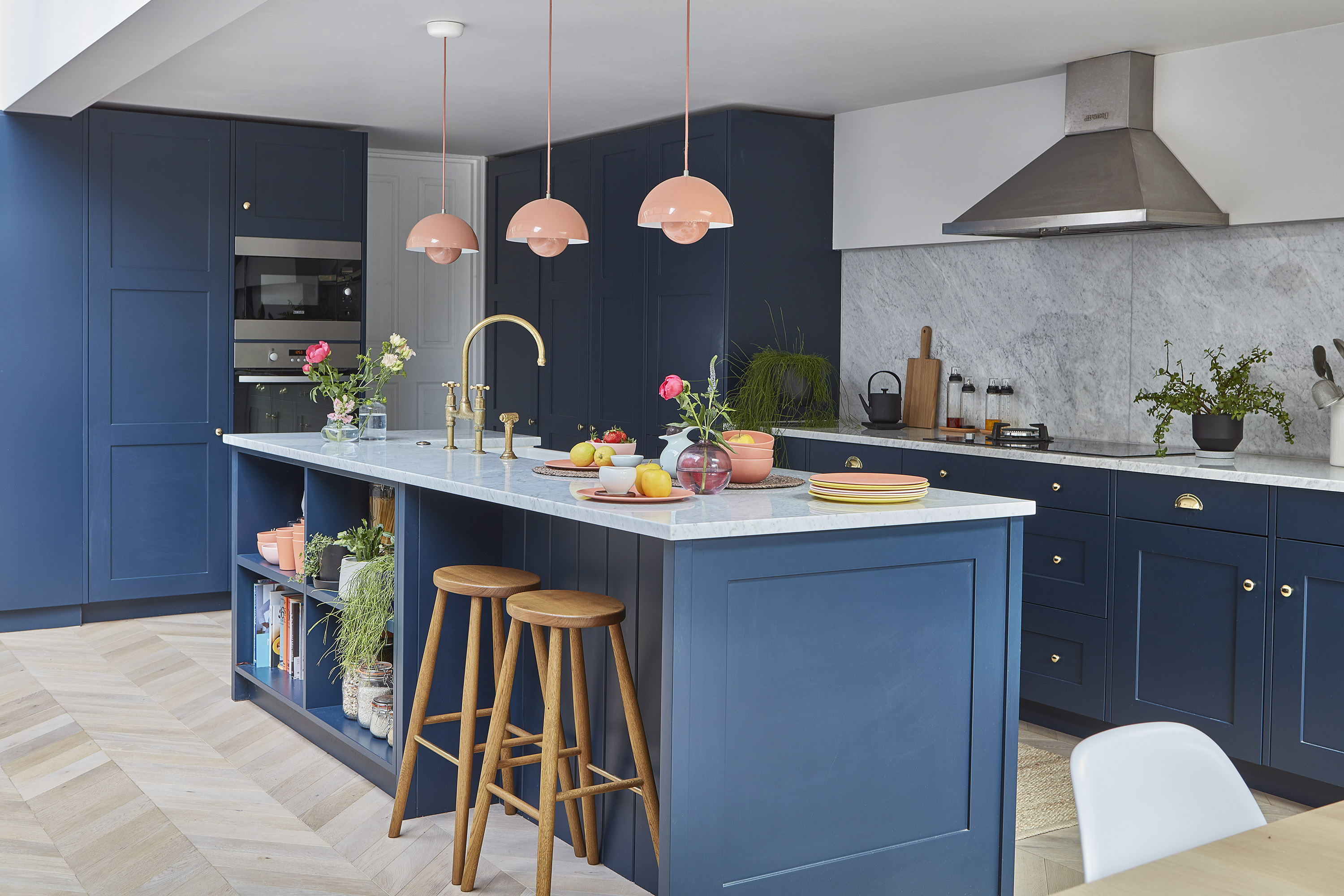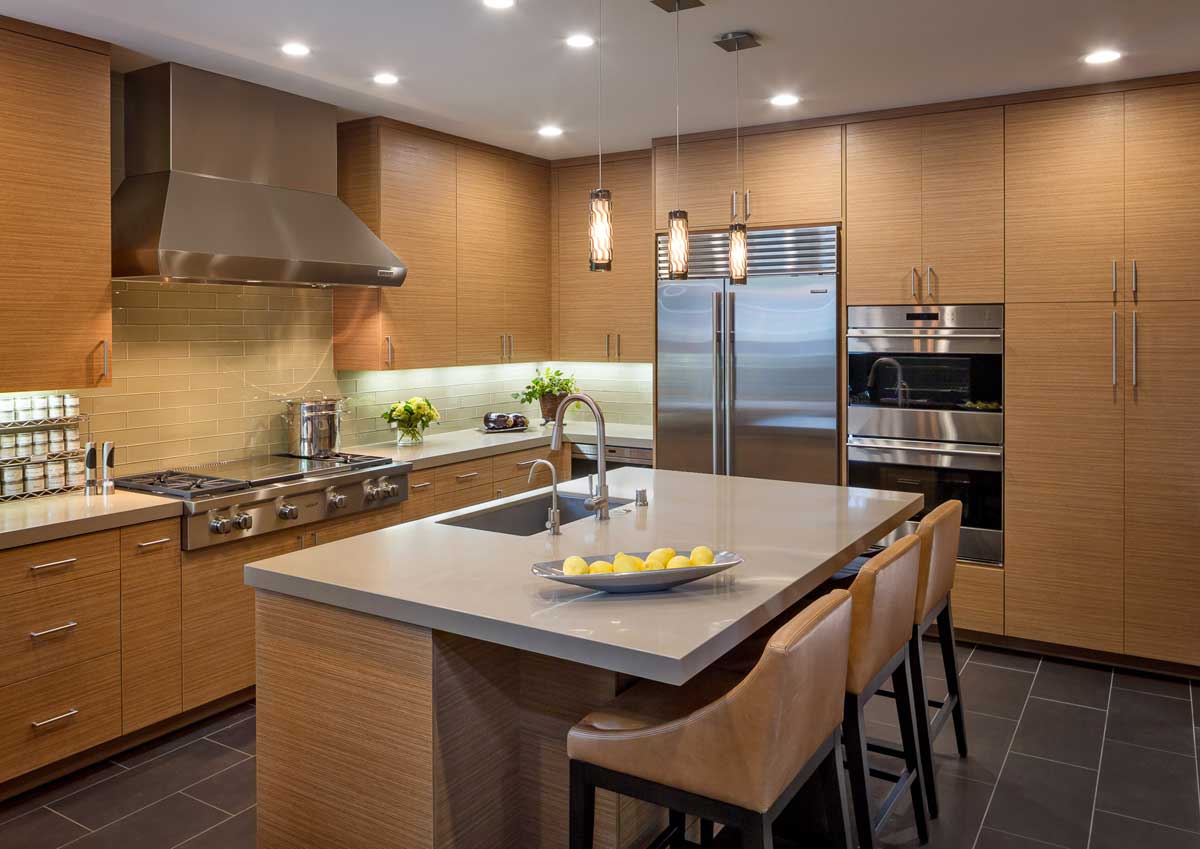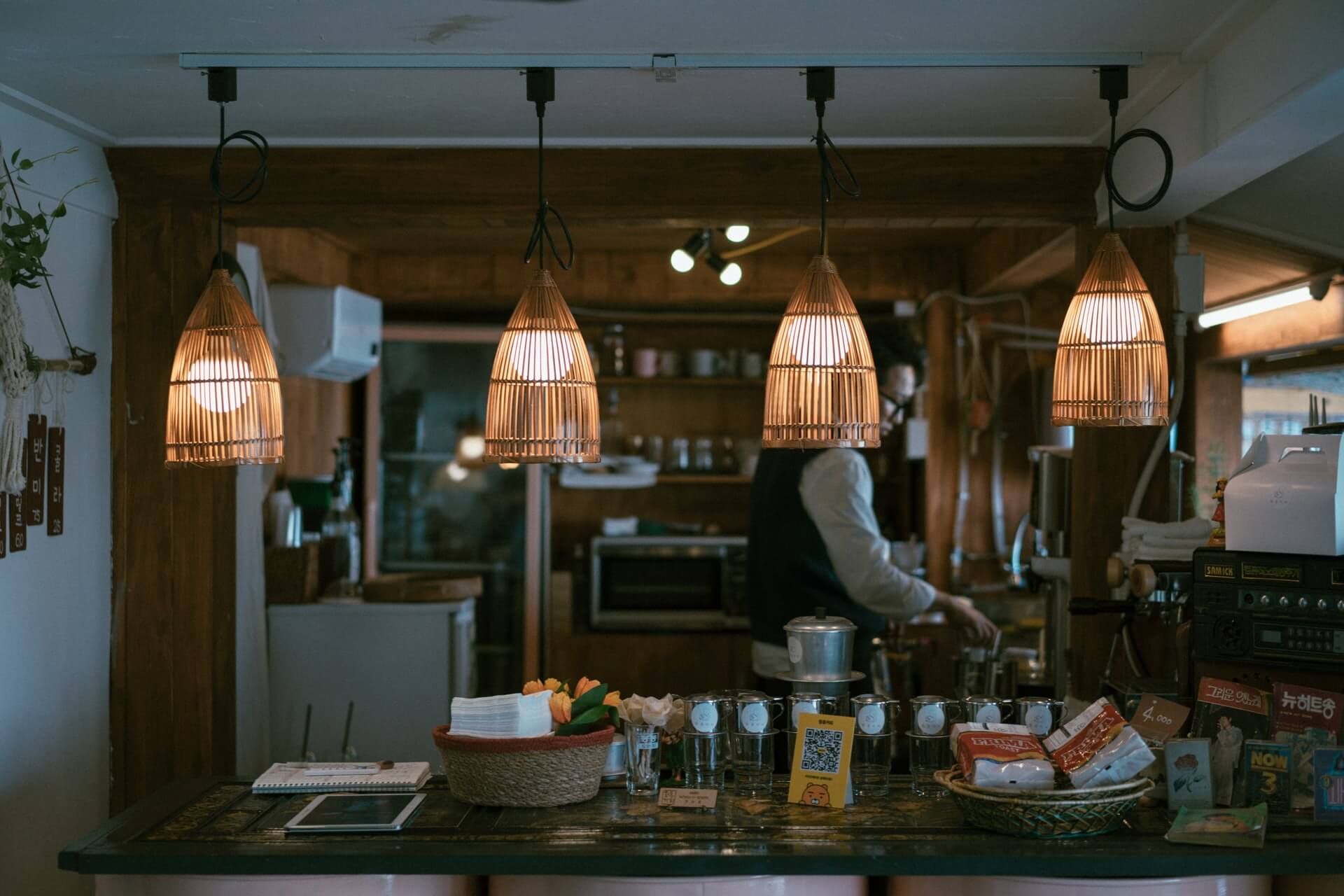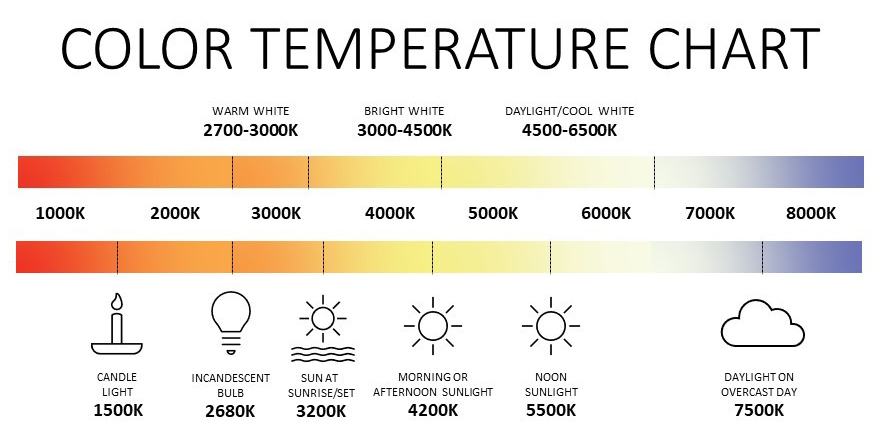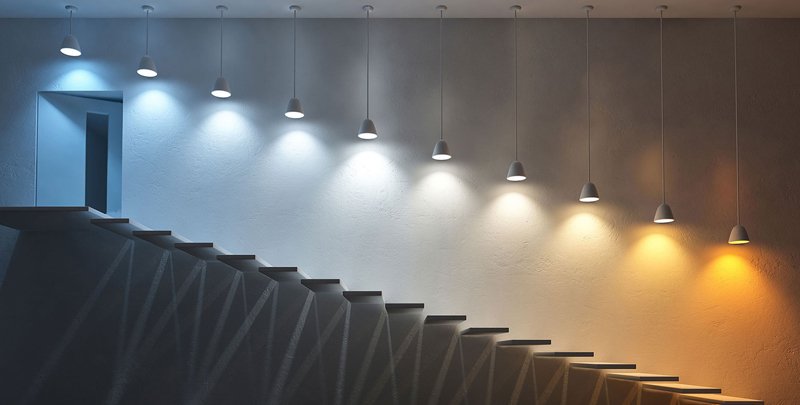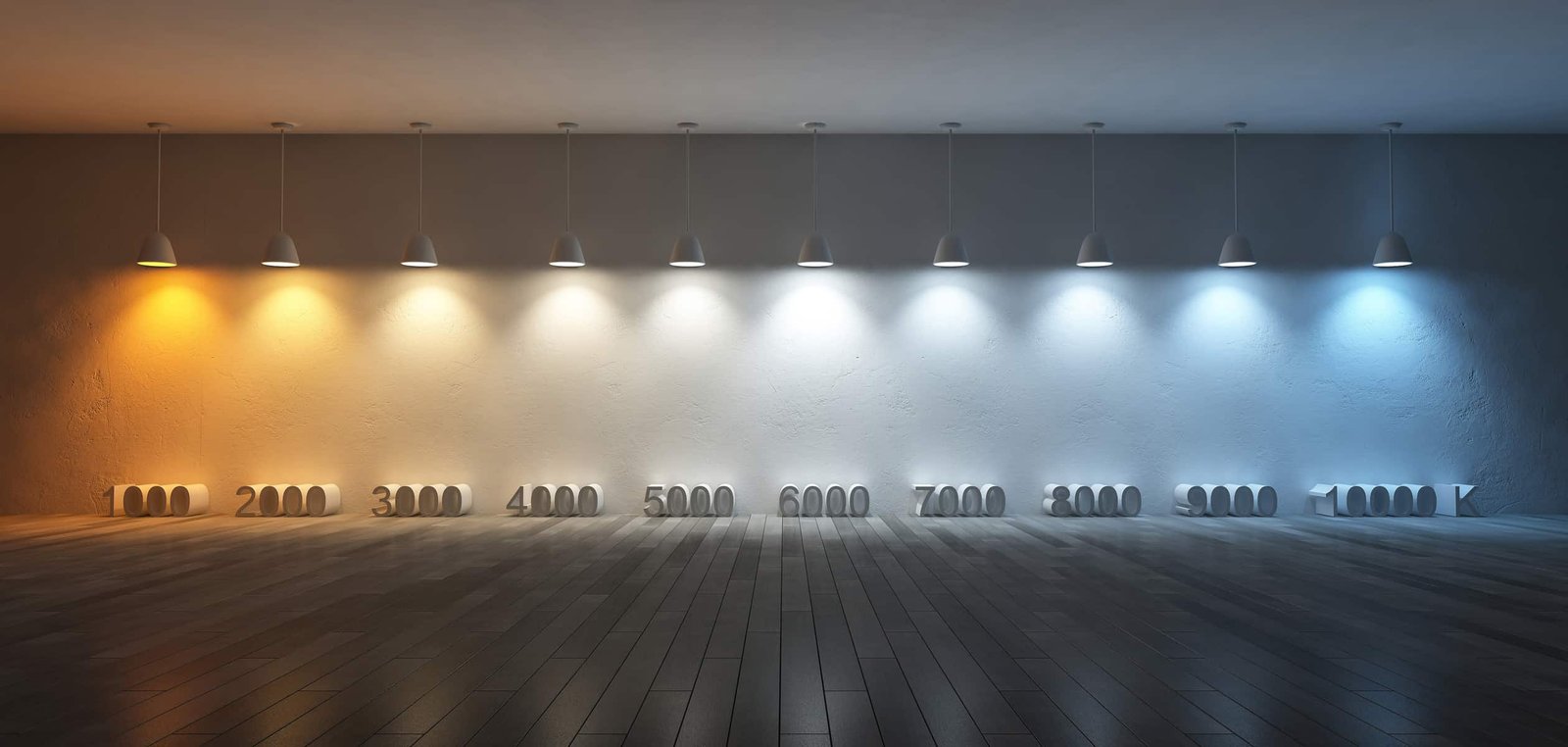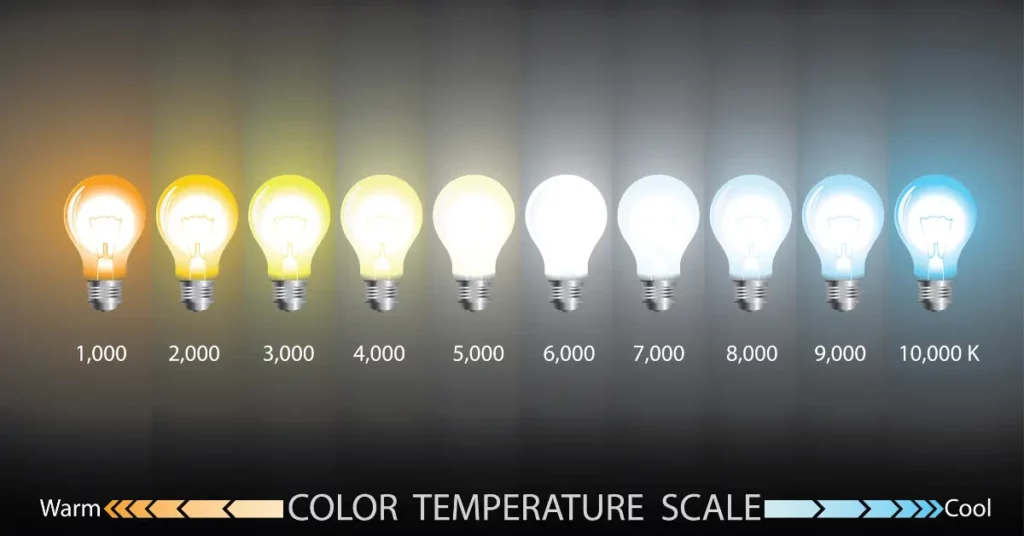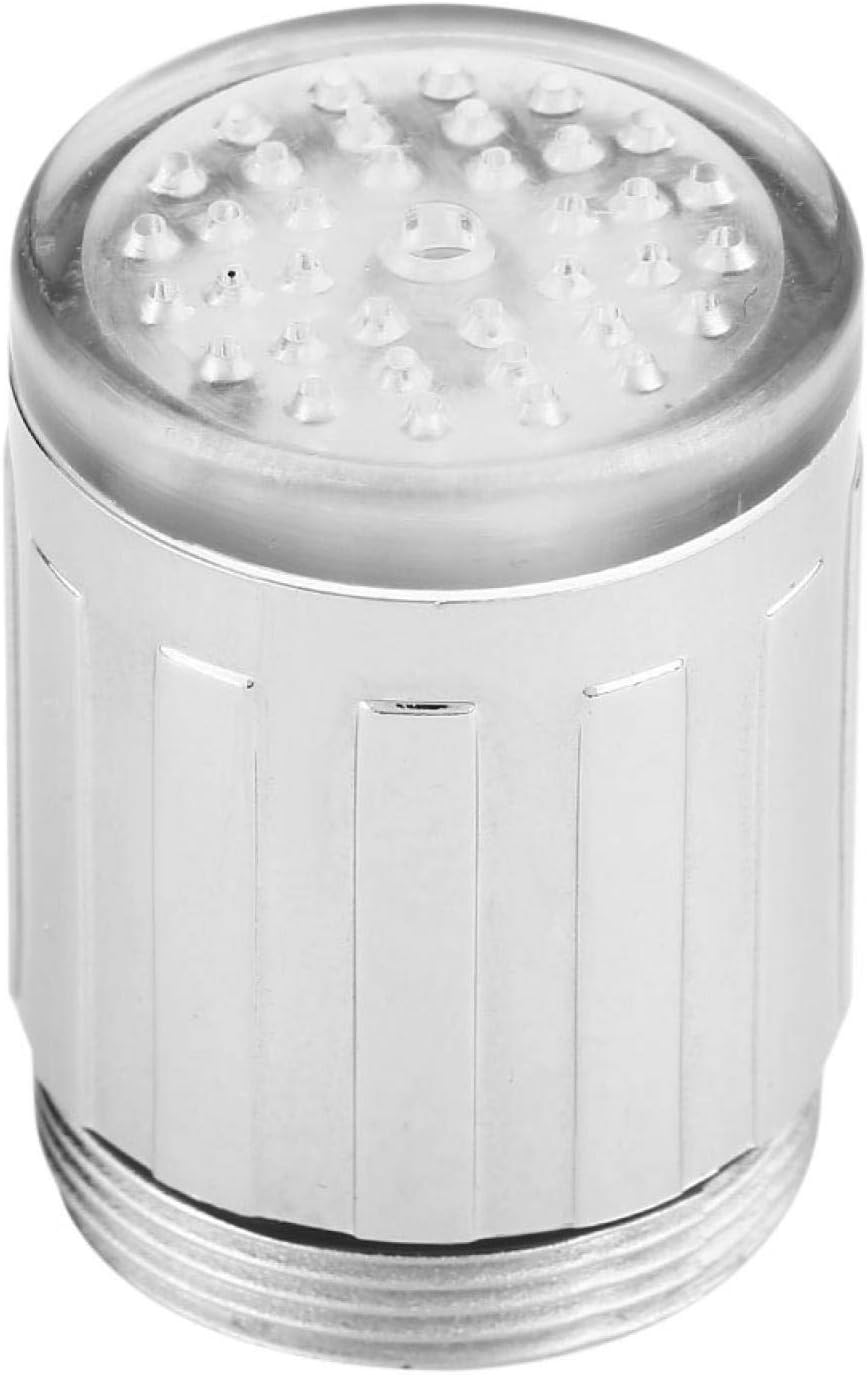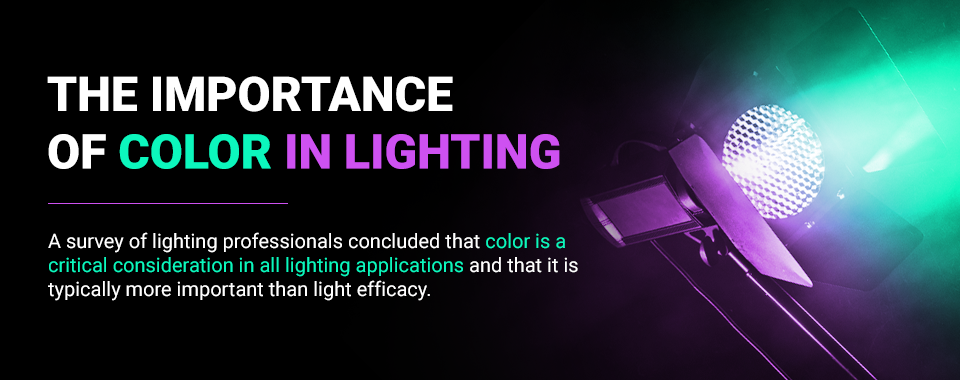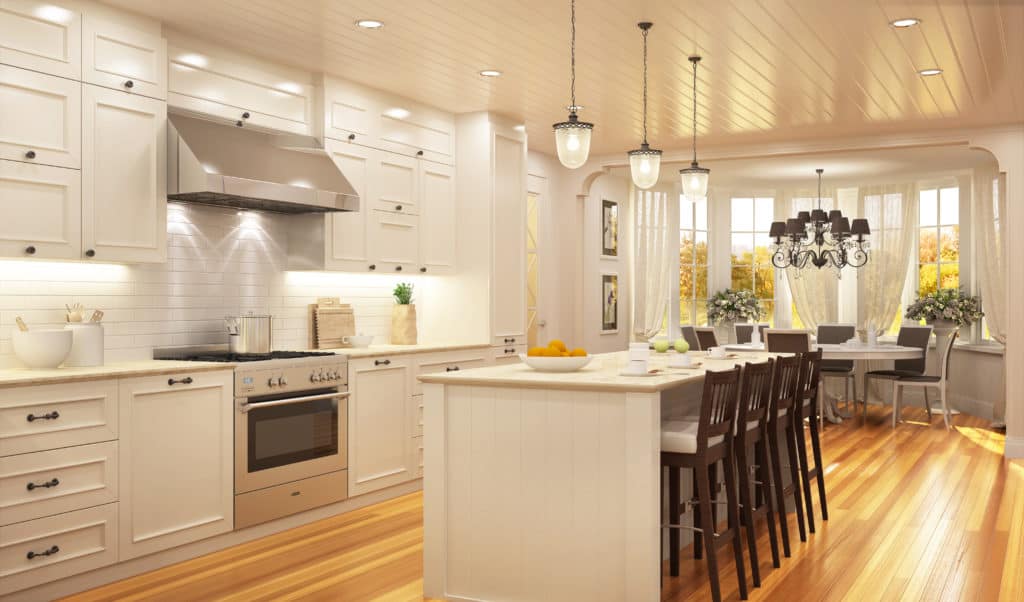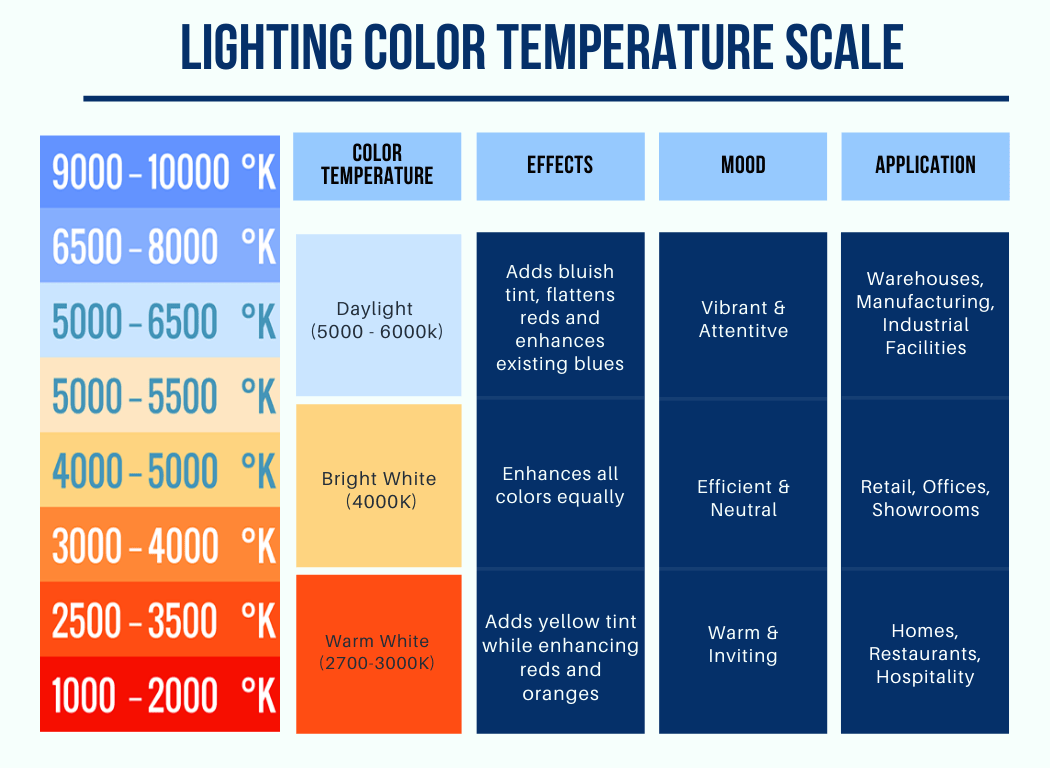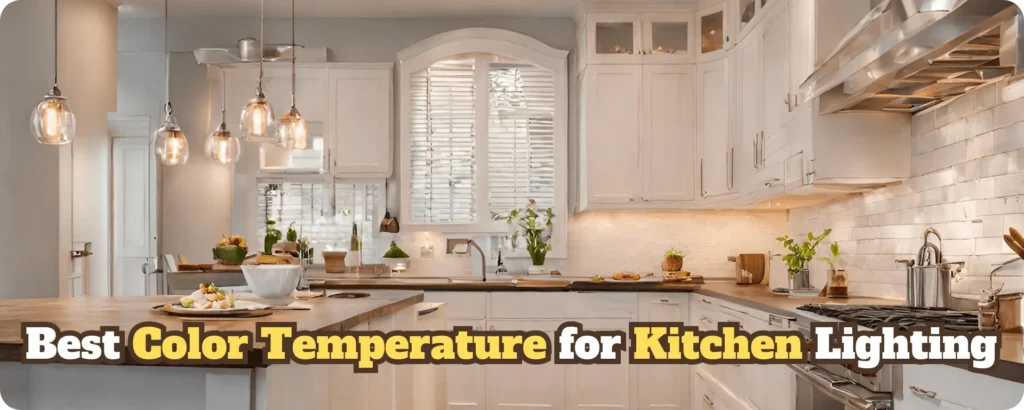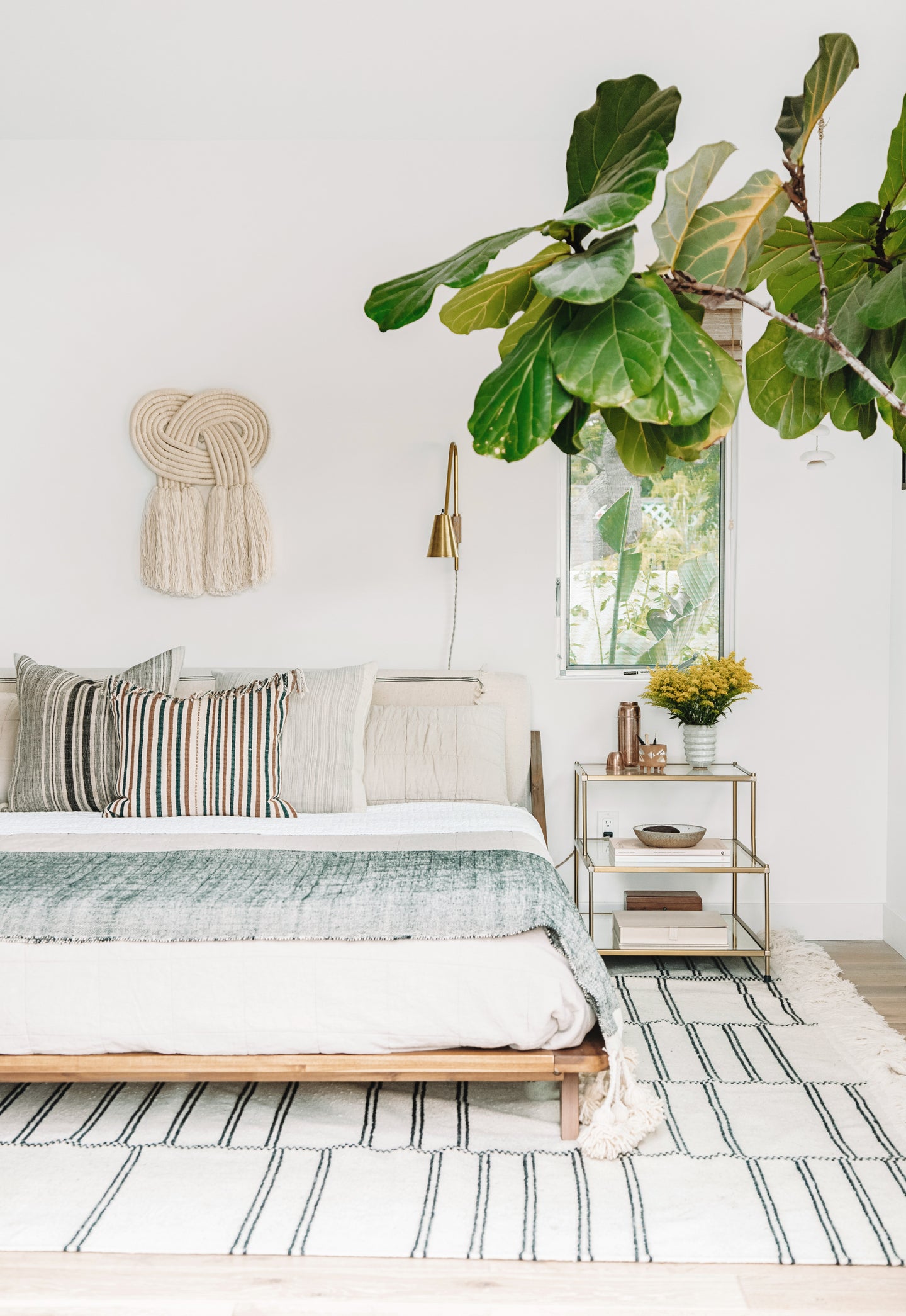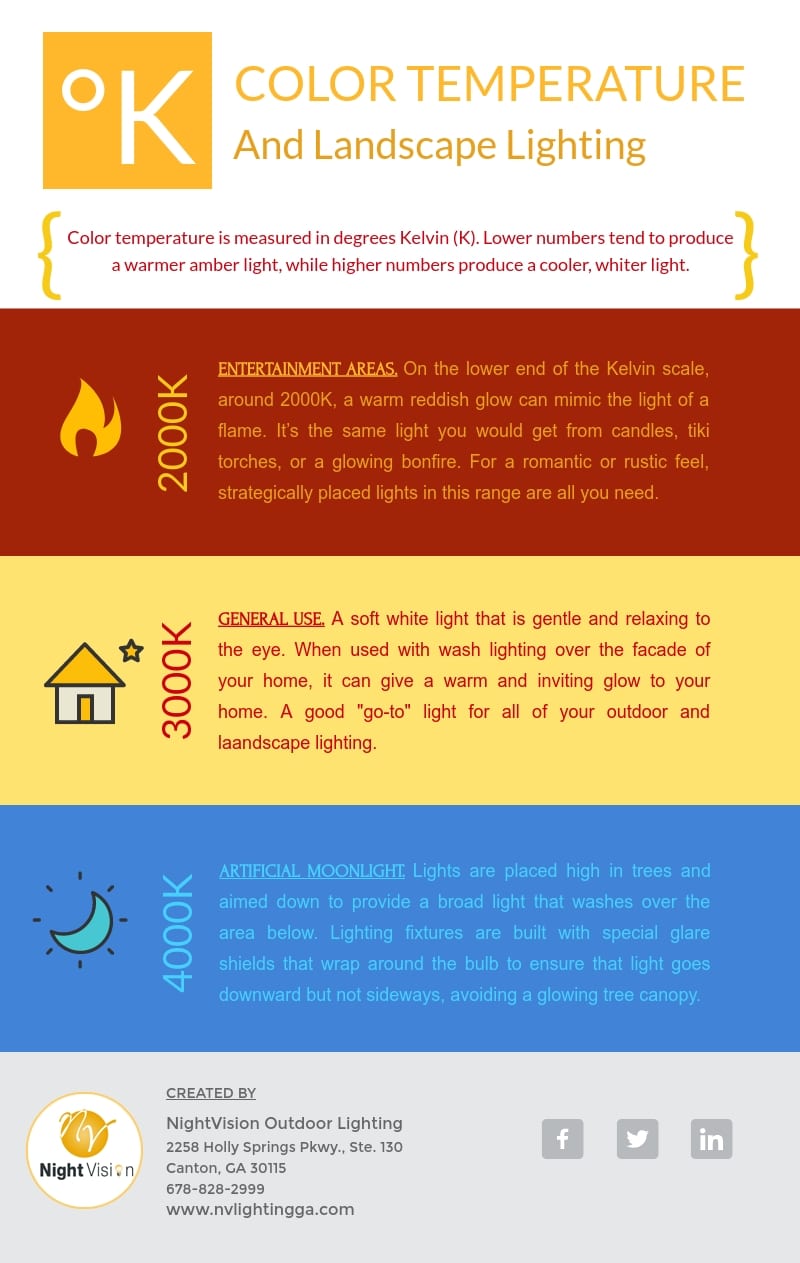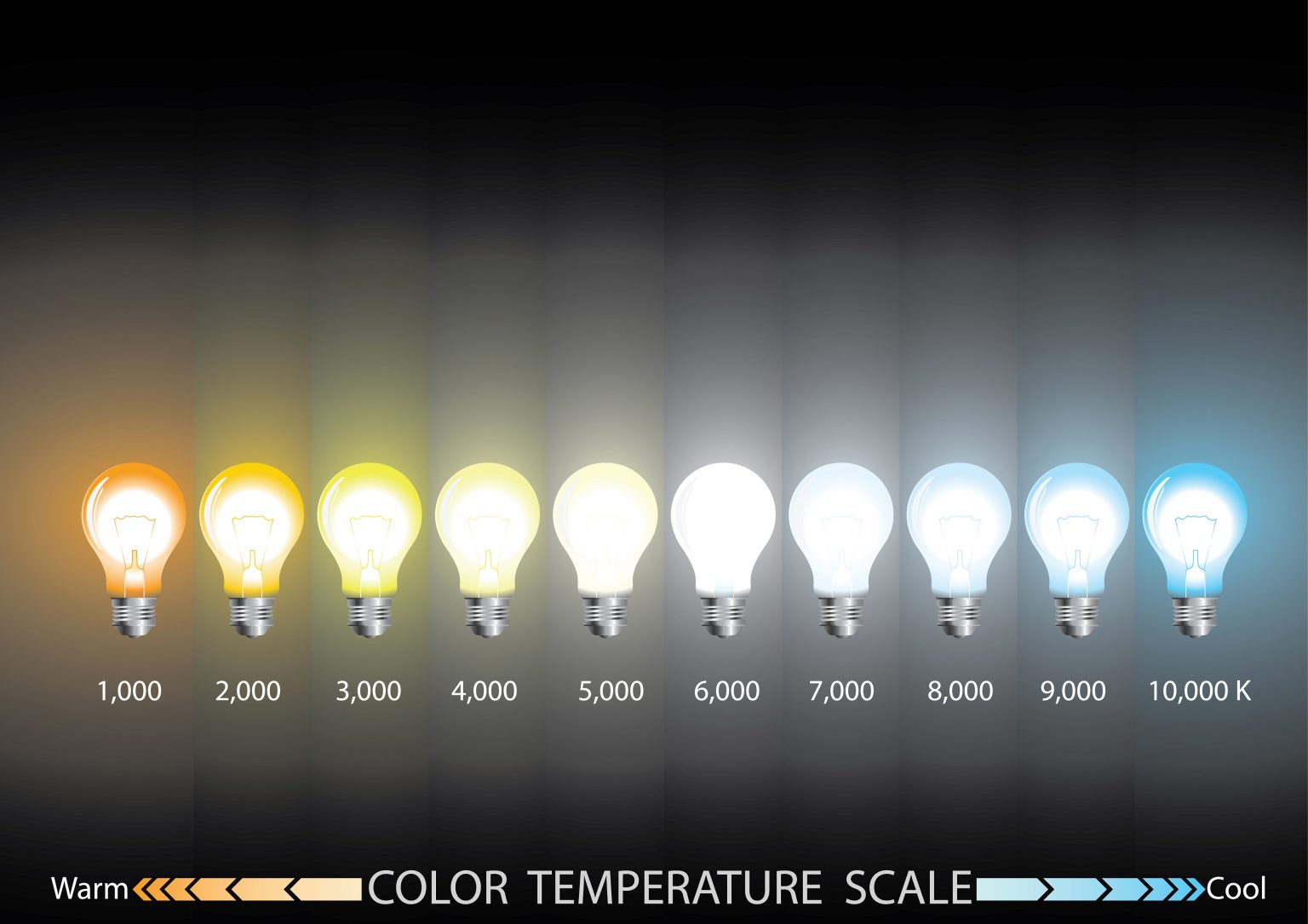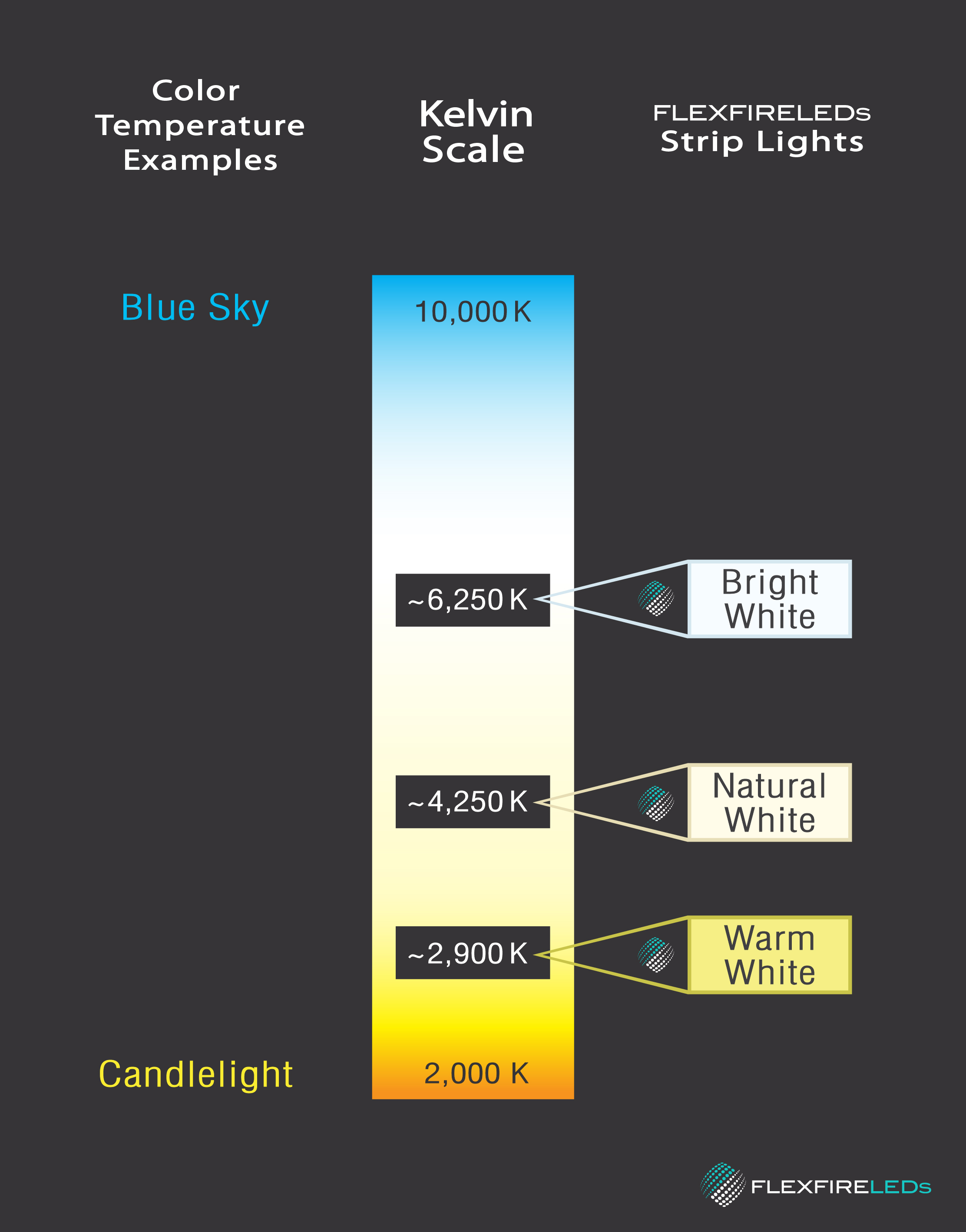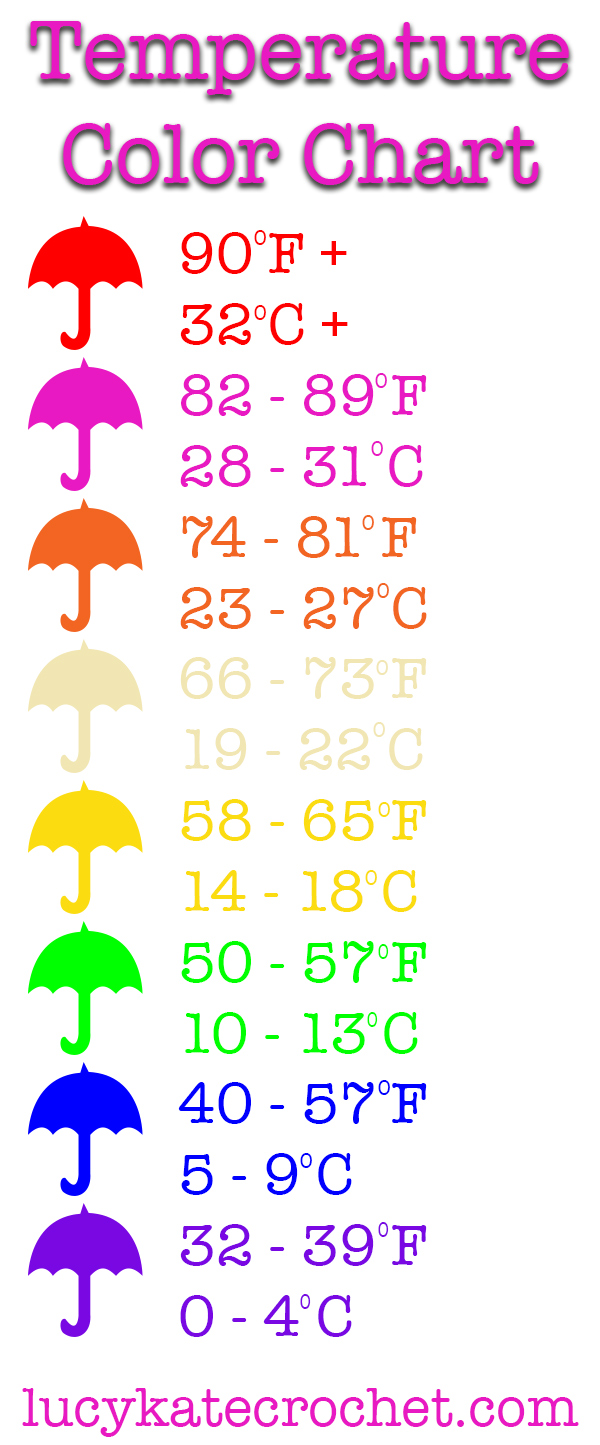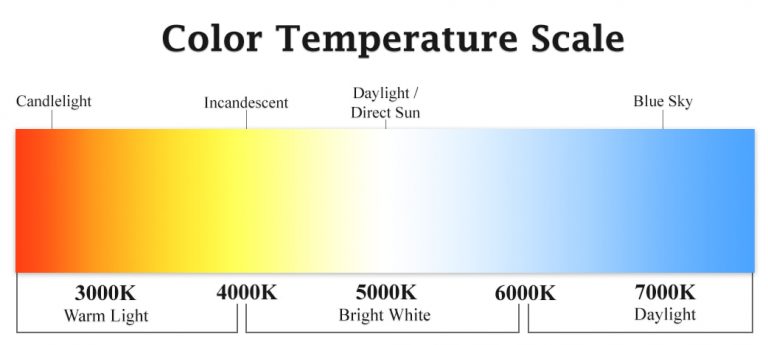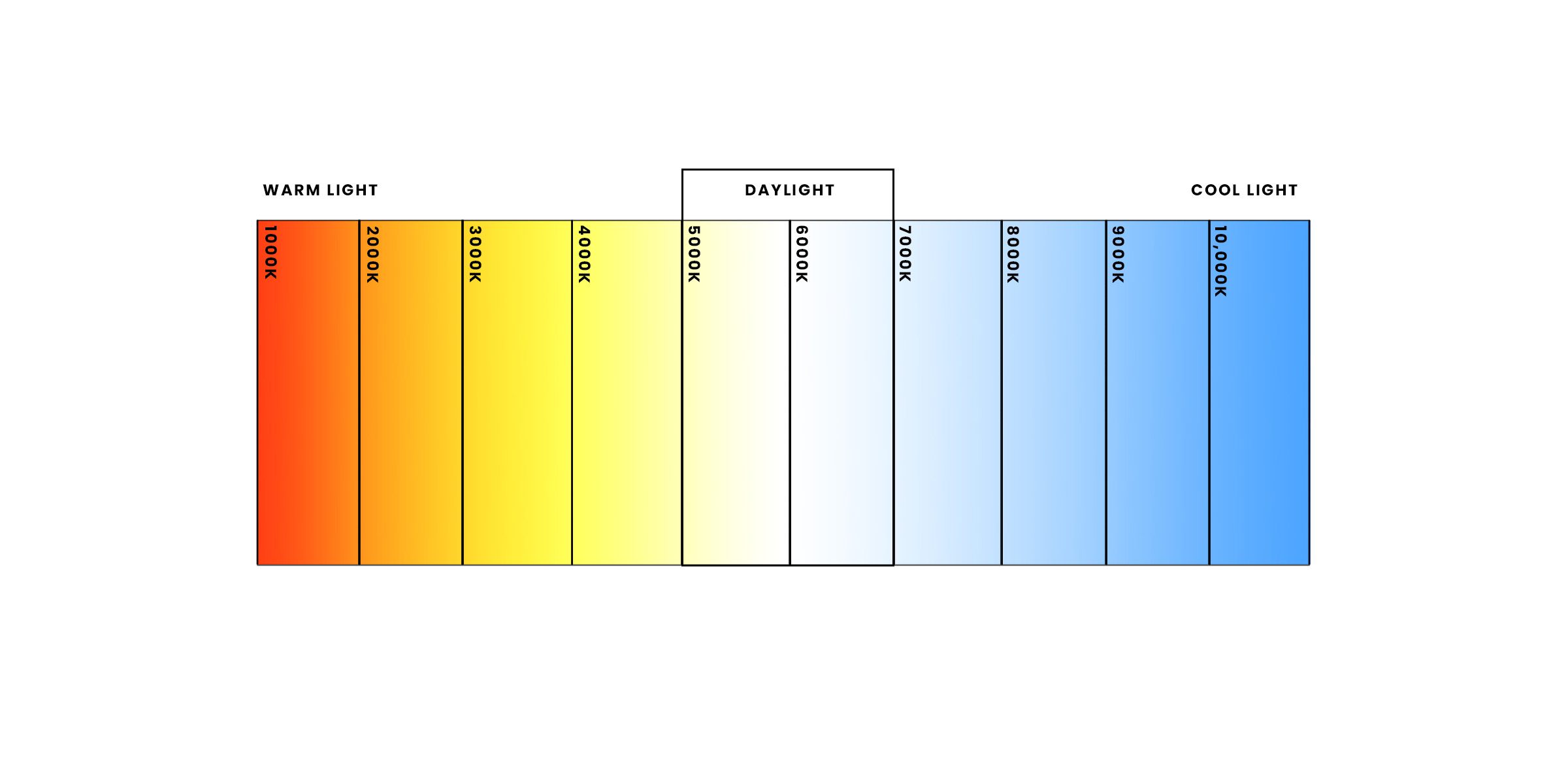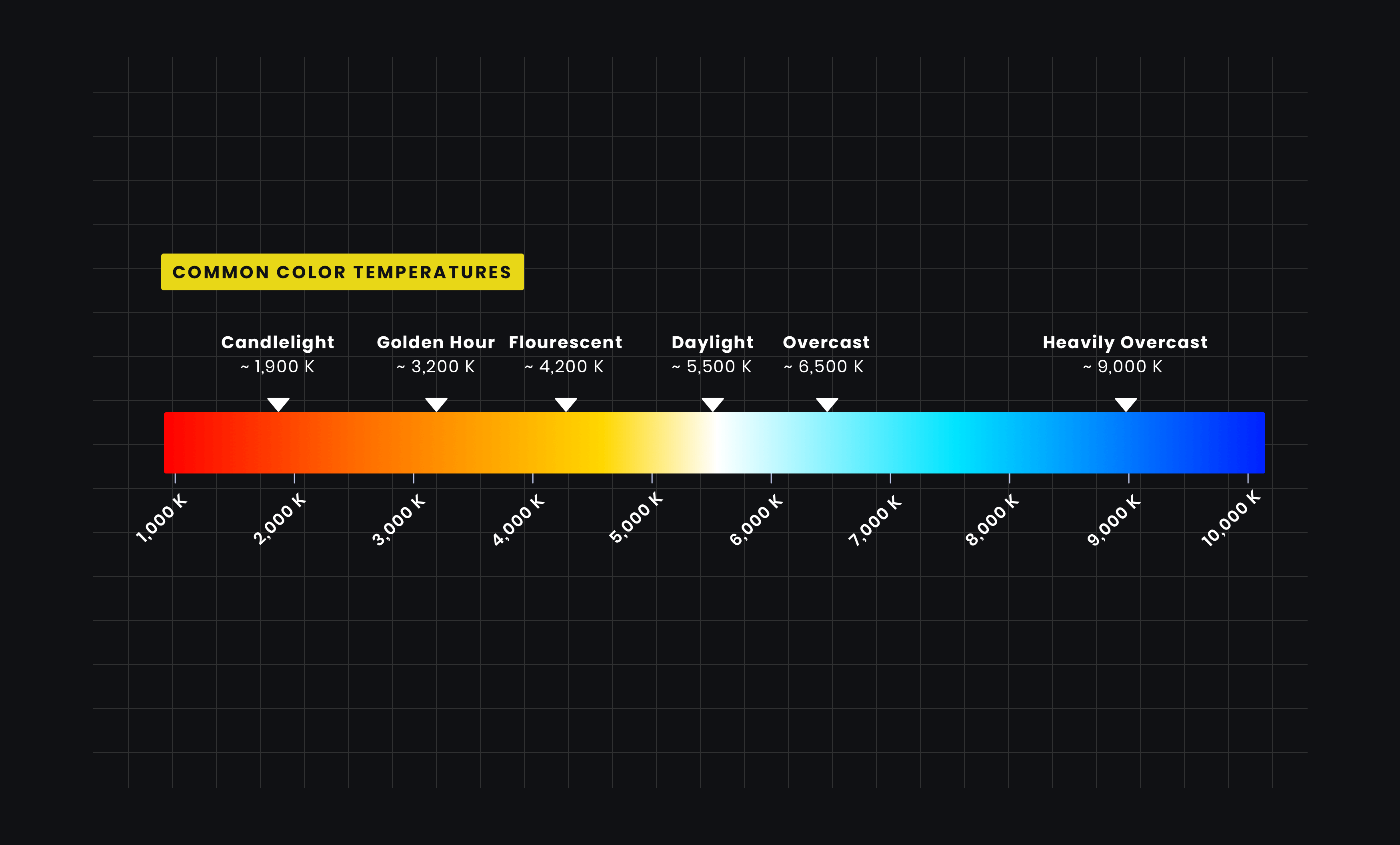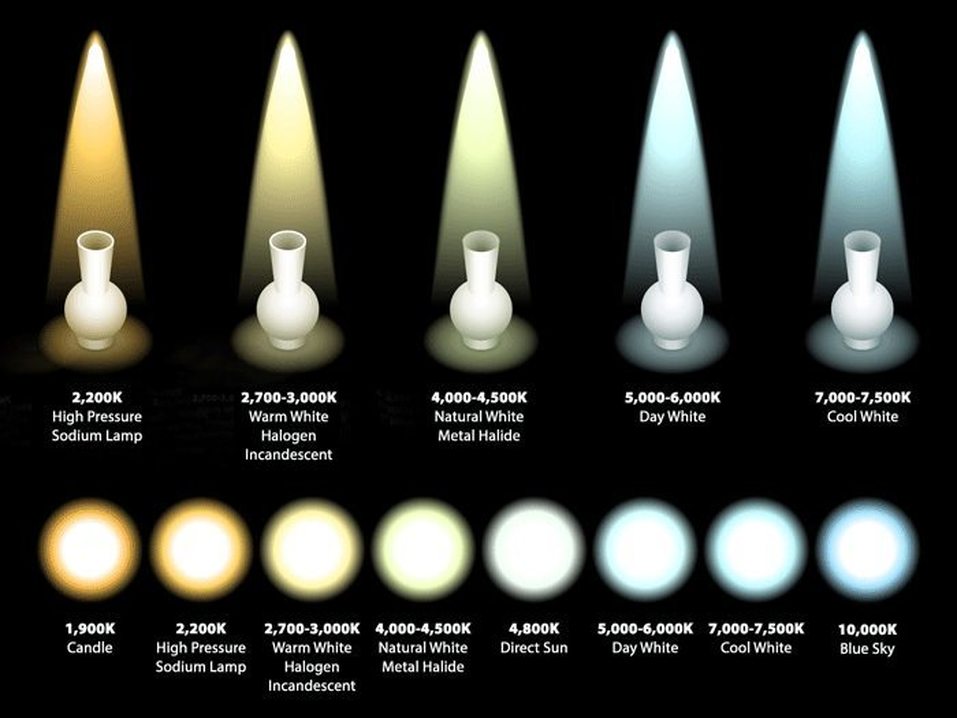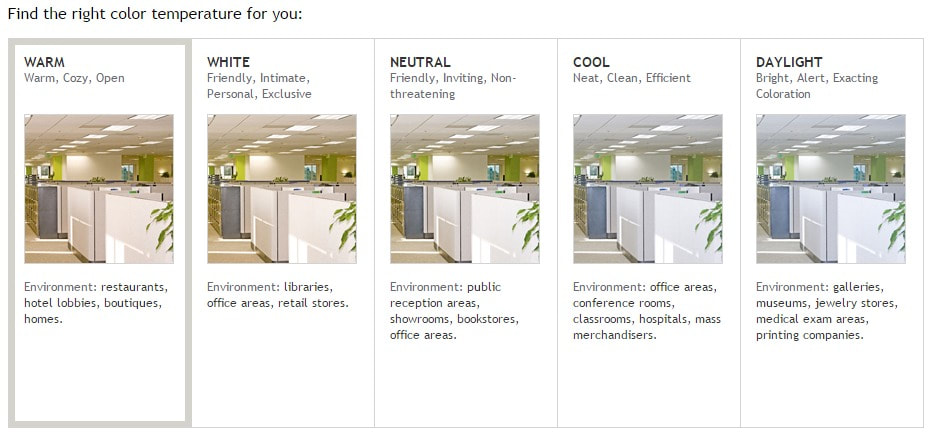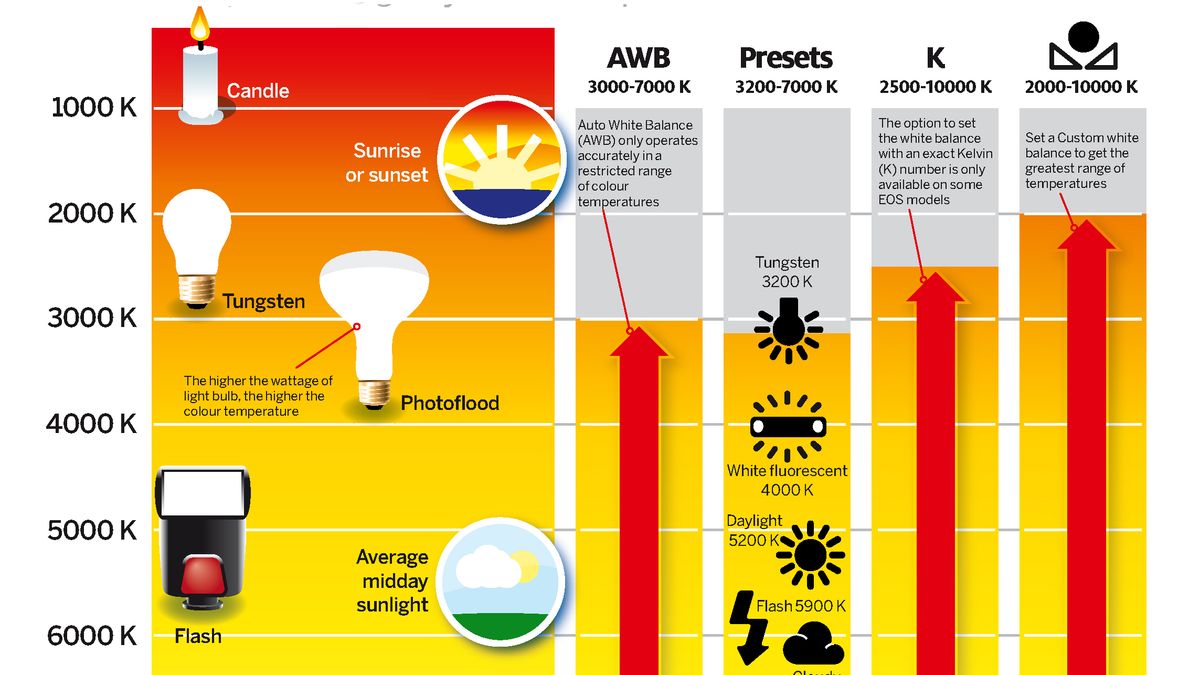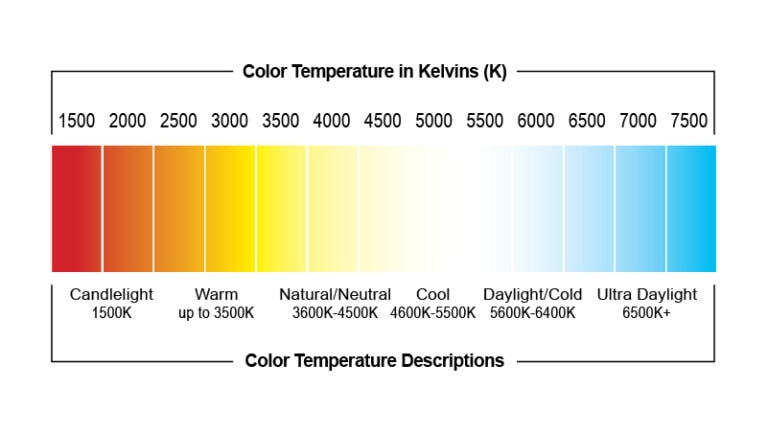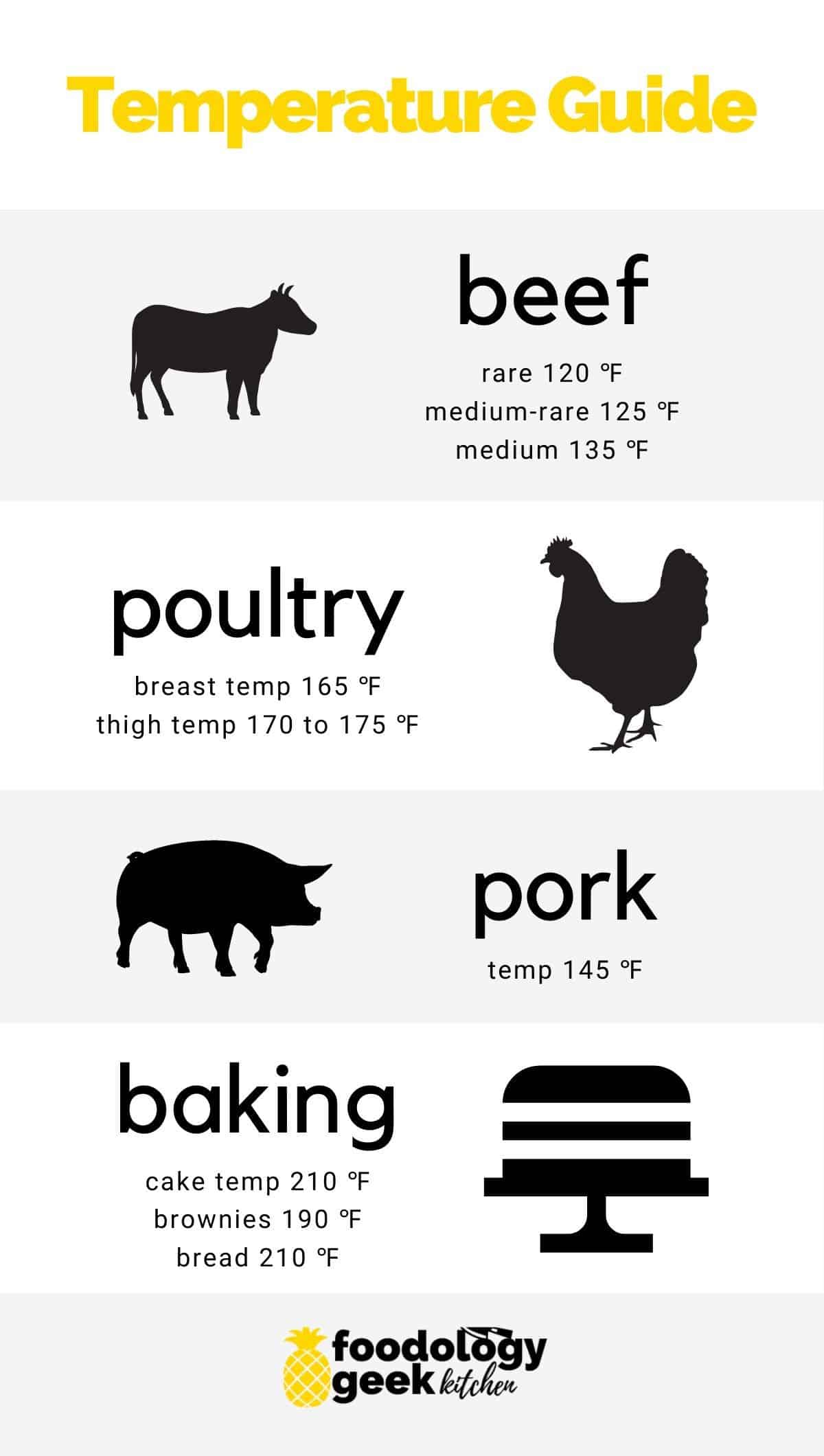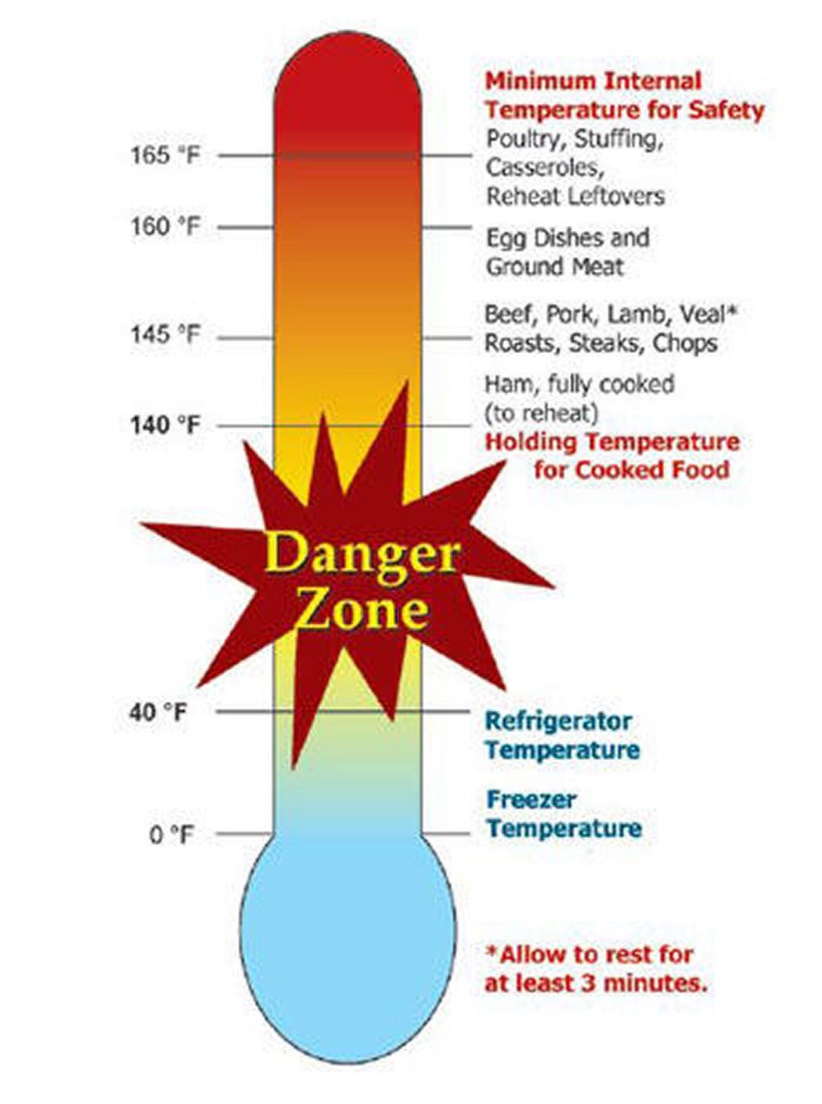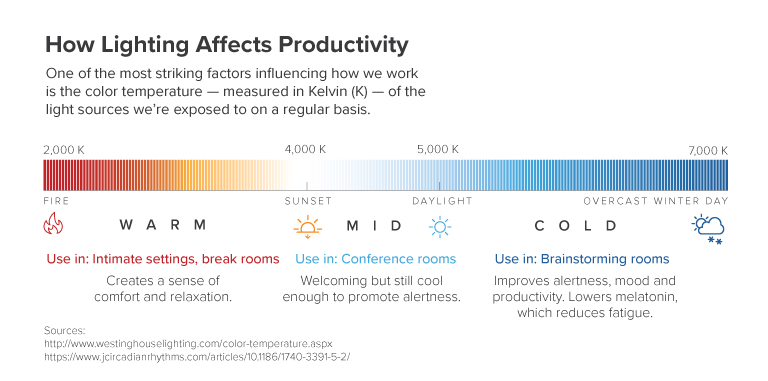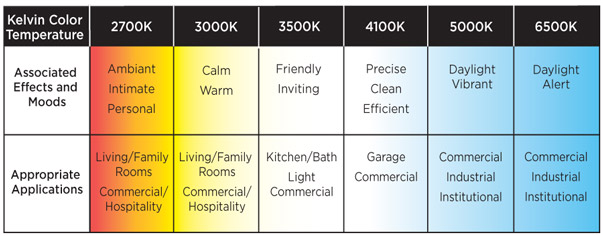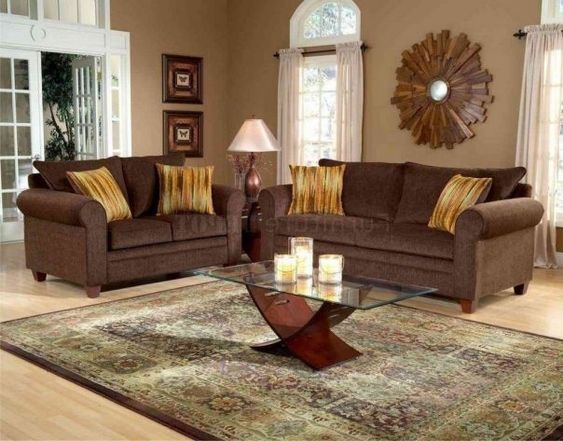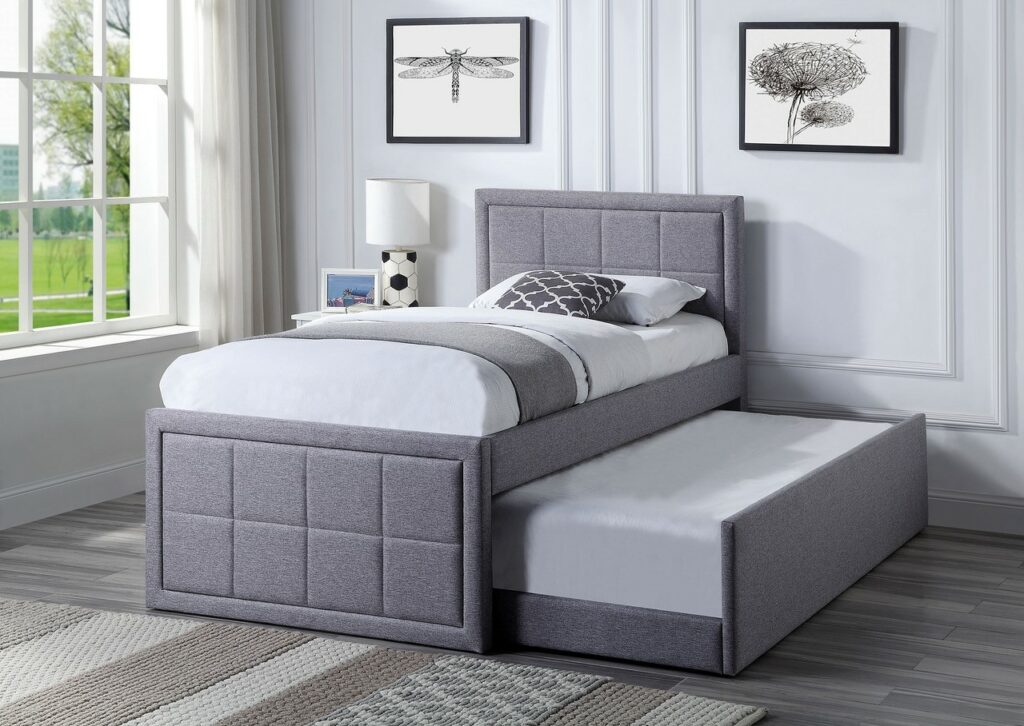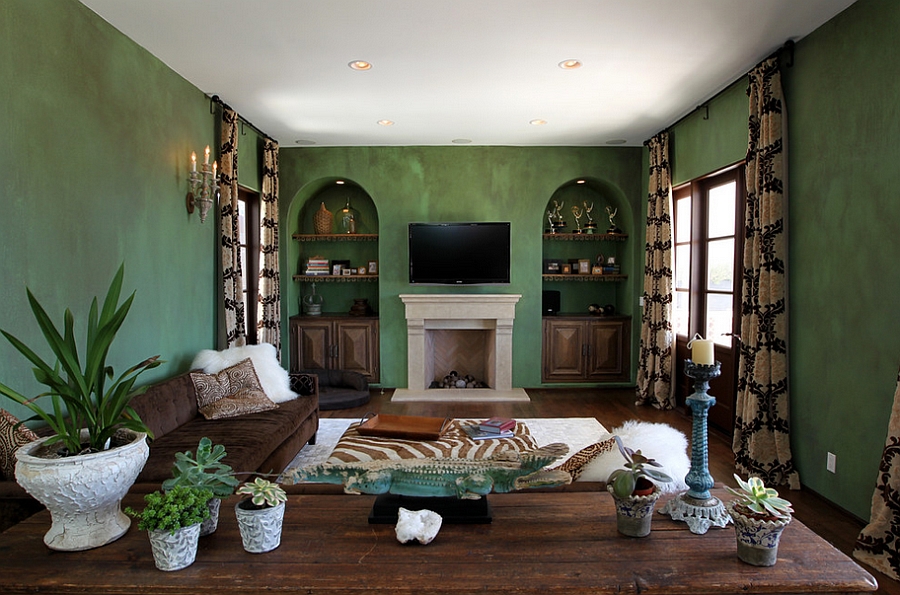How to Choose the Right Color Temperature for Your Kitchen
Choosing the right lighting for your kitchen can be a daunting task, especially when it comes to color temperature. Color temperature refers to the warmth or coolness of the light emitted by a bulb and can greatly impact the overall look and feel of your kitchen. With so many options available, it can be overwhelming to know which color temperature is best for your kitchen. Here are some helpful tips to guide you in choosing the right color temperature for your kitchen.
How to Choose the Best Lighting for Your Kitchen
When choosing lighting for your kitchen, it's important to consider both the functionality and aesthetics of the space. The right lighting can not only make your kitchen look more inviting, but it can also enhance your cooking experience. To achieve the perfect balance, it's crucial to select the best lighting for your kitchen. This includes choosing the right color temperature to create the desired ambiance.
Understanding Color Temperature for Kitchen Lighting
Color temperature is measured in Kelvin (K) and is categorized into three main ranges: warm (2700K-3000K), neutral (3500K-4100K), and cool (5000K-6500K). Warm light appears yellowish and creates a cozy, intimate atmosphere, while cool light appears bluish and gives off a more energetic, stimulating vibe. Neutral light falls somewhere in between and is often considered the most natural-looking.
The Importance of Color Temperature in Kitchen Lighting
The color temperature of your kitchen lighting can significantly impact the mood and functionality of the space. For example, warm lighting can make your kitchen feel more inviting and comfortable, while cool lighting can make it feel more vibrant and lively. In addition, the right color temperature can also affect how food looks in your kitchen, making it look more appetizing or unappetizing. Thus, it's crucial to choose the right color temperature to achieve the desired atmosphere and enhance the overall functionality of your kitchen.
Best Color Temperature for Kitchen Lighting: A Guide
The best color temperature for your kitchen will depend on your personal preferences and the overall design of your space. However, as a general guide, warmer temperatures (2700K-3000K) are best for ambient lighting, while cooler temperatures (3500K-4100K) are ideal for task lighting. Neutral temperatures (5000K-6500K) work well for both ambient and task lighting, making them a versatile option for any kitchen.
How to Achieve the Perfect Color Temperature in Your Kitchen
To achieve the perfect color temperature in your kitchen, it's important to consider the different types of lighting you will need. Ambient lighting, which provides overall illumination, can benefit from warmer temperatures to create a cozy and inviting atmosphere. Task lighting, such as under-cabinet lighting or pendant lights over the kitchen island, should have a cooler temperature to provide the necessary brightness for tasks like food prep and cooking.
Choosing the Right Bulbs for Your Kitchen: Color Temperature Explained
When selecting bulbs for your kitchen, it's essential to pay attention to their color temperature. Many LED bulbs now come with a color temperature range, allowing you to adjust the warmth or coolness of the light. It's also important to note that the color temperature can vary among different brands and models, so it's best to compare the Kelvin rating rather than just relying on the label of "warm" or "cool."
Creating the Perfect Ambiance with Color Temperature in Your Kitchen
The right color temperature can help create the perfect ambiance in your kitchen. For a warm and cozy atmosphere, opt for warmer temperatures (2700K-3000K) in areas where you want to relax and unwind, such as the dining area. For a more energetic and lively vibe, cooler temperatures (5000K-6500K) are ideal for areas where you want to feel more alert and focused, such as the kitchen island or prep area.
How to Use Color Temperature to Enhance Your Kitchen Design
Color temperature can also be used to enhance your kitchen design. For example, if you have warm-toned cabinets, using warm lighting can bring out the richness of the wood. Alternatively, if you have a modern kitchen with cooler tones, using cool lighting can complement the sleek and clean design. Experimenting with different color temperatures can help you create a cohesive and visually appealing kitchen.
The Impact of Color Temperature on Your Kitchen's Mood and Functionality
The color temperature of your kitchen lighting can greatly impact the mood and functionality of the space. Warm lighting can make your kitchen feel more comfortable and inviting, while cool lighting can make it feel more lively and energized. By understanding the different color temperatures and how they can affect your kitchen, you can choose the right lighting to enhance your overall experience in the heart of your home.
The Importance of Choosing the Right Kitchen Light Color Temperature
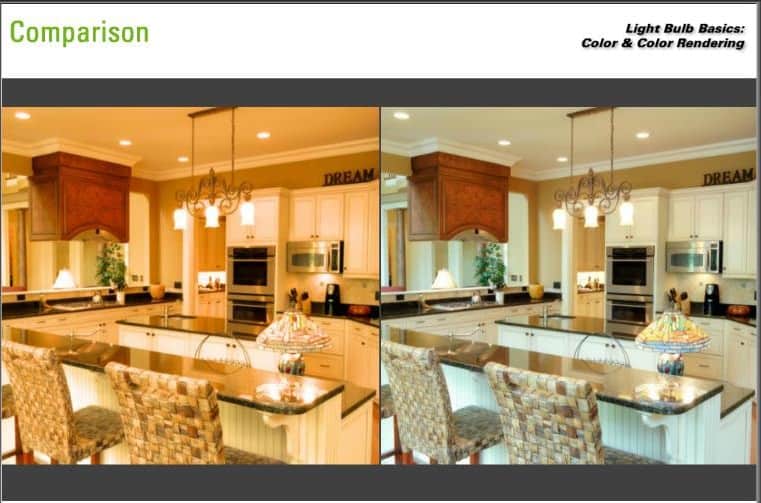
Creating the Perfect Kitchen Design
 When it comes to designing a house, the kitchen is often the heart of the home. It's where meals are prepared, conversations are had, and memories are made. That's why it's important to carefully consider every aspect of your kitchen design, including the color temperature of your kitchen lights.
The color temperature of a light refers to the warmth or coolness of the light produced. It is measured in Kelvin (K) and can range from warm, yellow tones to cool, blue tones. The color temperature of your kitchen lights can have a significant impact on the overall look and feel of the space.
Choosing the Right Color Temperature for Your Kitchen
When it comes to kitchen lighting, there is no one-size-fits-all solution. The right color temperature for your kitchen will depend on a variety of factors, including your personal preferences and the overall design of your space.
Warm White (2700K-3000K)
lights are often recommended for kitchens as they create a cozy and inviting atmosphere. This color temperature is similar to traditional incandescent bulbs and can make your kitchen feel warm and welcoming.
Cool White (3500K-4100K)
lights are often used in kitchens with a more modern or sleek design. They produce a brighter, whiter light that can make the space feel clean and crisp.
Daylight (5000K-6500K)
lights are often recommended for kitchens with a lot of natural light. This color temperature mimics natural daylight and can help make your kitchen feel brighter and more energizing.
When it comes to designing a house, the kitchen is often the heart of the home. It's where meals are prepared, conversations are had, and memories are made. That's why it's important to carefully consider every aspect of your kitchen design, including the color temperature of your kitchen lights.
The color temperature of a light refers to the warmth or coolness of the light produced. It is measured in Kelvin (K) and can range from warm, yellow tones to cool, blue tones. The color temperature of your kitchen lights can have a significant impact on the overall look and feel of the space.
Choosing the Right Color Temperature for Your Kitchen
When it comes to kitchen lighting, there is no one-size-fits-all solution. The right color temperature for your kitchen will depend on a variety of factors, including your personal preferences and the overall design of your space.
Warm White (2700K-3000K)
lights are often recommended for kitchens as they create a cozy and inviting atmosphere. This color temperature is similar to traditional incandescent bulbs and can make your kitchen feel warm and welcoming.
Cool White (3500K-4100K)
lights are often used in kitchens with a more modern or sleek design. They produce a brighter, whiter light that can make the space feel clean and crisp.
Daylight (5000K-6500K)
lights are often recommended for kitchens with a lot of natural light. This color temperature mimics natural daylight and can help make your kitchen feel brighter and more energizing.
The Effects of Color Temperature on Your Kitchen
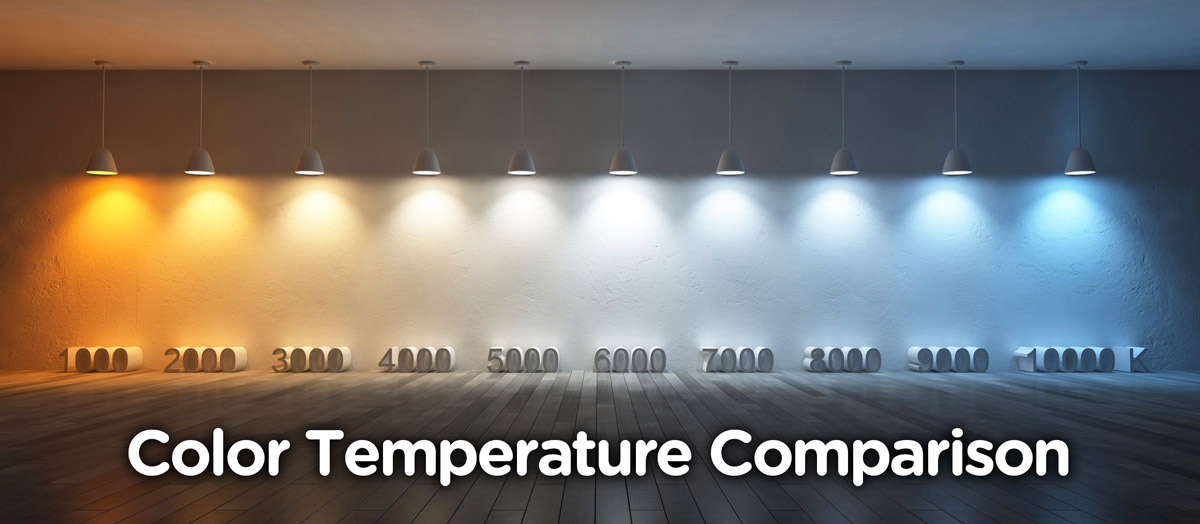 Not only does the color temperature of your kitchen lights affect the overall ambiance, but it can also have a practical impact on your space. For example, warm white lights can make food look more appealing and inviting, while cool white lights can make it easier to see details and textures when cooking or preparing meals.
In addition, the color temperature of your kitchen lights can also affect your mood and productivity. Warm white lights can create a cozy and relaxed atmosphere, making it a great choice for casual family dinners or entertaining guests. On the other hand, cool white lights can help increase focus and energy, making them a good option for busy mornings or meal prep.
Not only does the color temperature of your kitchen lights affect the overall ambiance, but it can also have a practical impact on your space. For example, warm white lights can make food look more appealing and inviting, while cool white lights can make it easier to see details and textures when cooking or preparing meals.
In addition, the color temperature of your kitchen lights can also affect your mood and productivity. Warm white lights can create a cozy and relaxed atmosphere, making it a great choice for casual family dinners or entertaining guests. On the other hand, cool white lights can help increase focus and energy, making them a good option for busy mornings or meal prep.
Final Thoughts
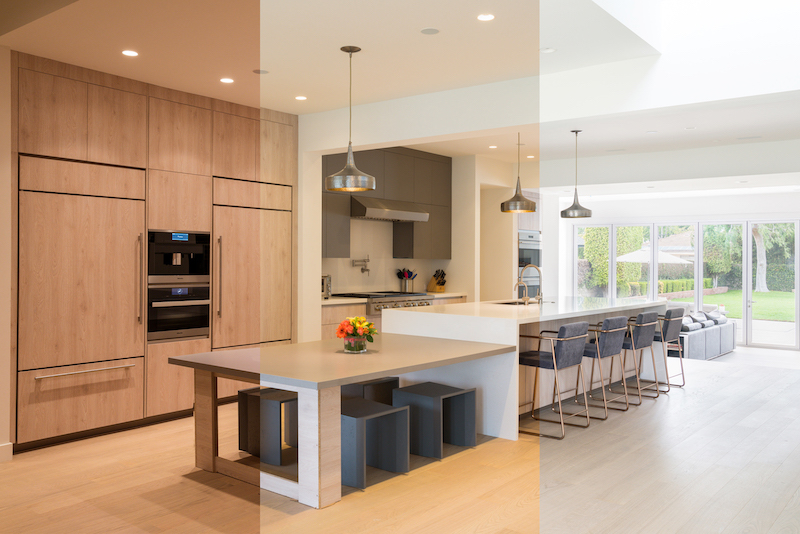 In conclusion, choosing the right kitchen light color temperature is an important aspect of creating the perfect kitchen design. Whether you prefer warm and inviting or bright and energizing, there is a color temperature that will suit your needs and enhance the overall look and feel of your space. So, take some time to consider your options and find the perfect lighting for your kitchen.
In conclusion, choosing the right kitchen light color temperature is an important aspect of creating the perfect kitchen design. Whether you prefer warm and inviting or bright and energizing, there is a color temperature that will suit your needs and enhance the overall look and feel of your space. So, take some time to consider your options and find the perfect lighting for your kitchen.
